Sharing Our Stories
Objects and belongings can have special meaning to people. Sometimes and object can remind us of a special person or event in our lives, or a story from our past. All of those stories and memories are a part of our identity—they make us who we are. The stories below were shared by visitors about objects from Boston Children’s Museum’s Collection. What belongings do you have that are particularly meaningful to you?
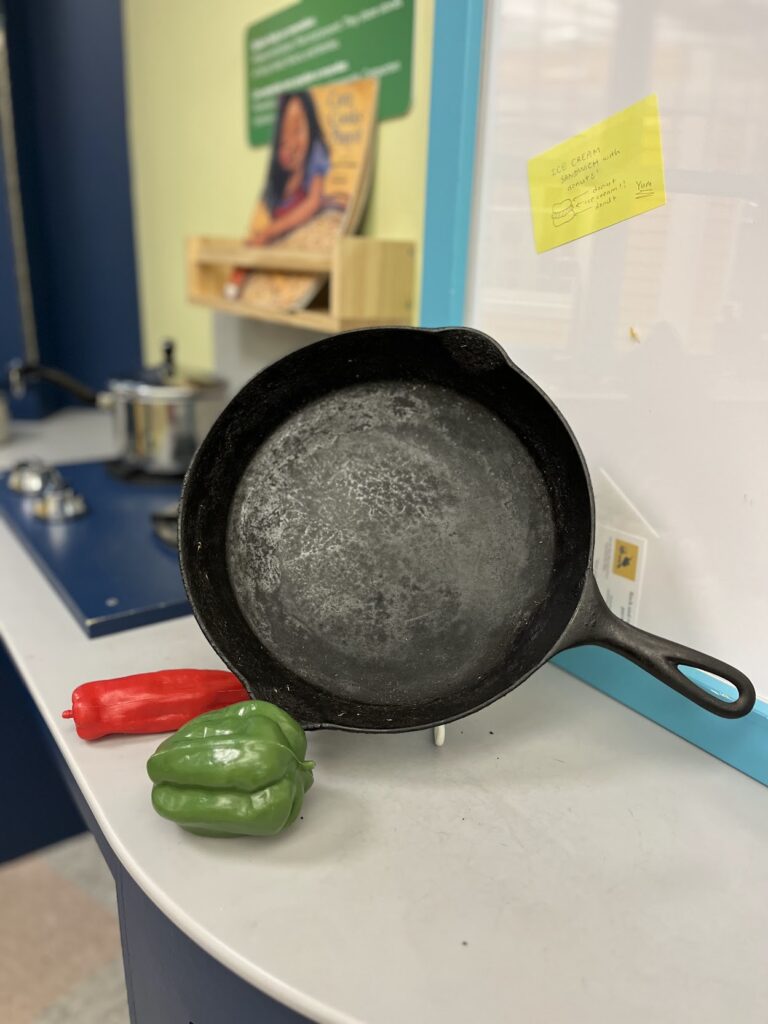
Dennis R. Tourse
“This 11-inch cast iron skillet is probably at least 80 years old. My wife, Robbie Tourse, and I inherited it from her aunt, Robbie “Tiny” Bryant, when Tiny moved from Youngstown, Ohio to live with us in Newton, MA in 2008. Aunt Tiny, who was raised in Birmingham, Alabama, lived to age 99 and was a part of the great African-American Southern migration to the Midwest, inherited the skillet from her husband’s aunt who likely had cherished it in her family for many years. The skillet cooks as perfectly today as it did way-back-then. You can’t beat it for frying chicken and fish, pan- grilling sirloin steaks or baking Southern-style cornbread. It knocks out bacon and eggs, French toast and skillet apple pie like a charm. Absolutely wonderful piece of African-American family-lore cookware that has nourished our family for generations!”
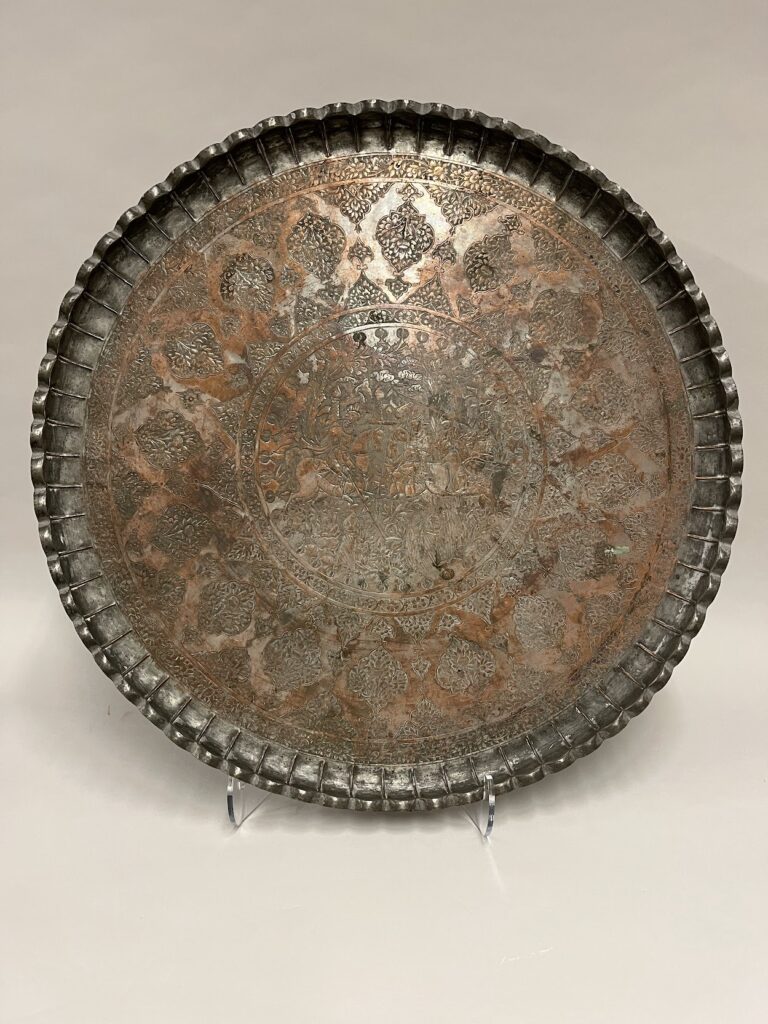
Sayyara Huseynli
“I passed by this object every day while working as a Collections Intern at Boston Children’s Museum. At first glance, the object didn’t seem appealing to me with its dull color palette, simple shape and flat surface. However, something about it made me pause and take a closer look. A sense of familiarity, of déjà vu, that reminded me of my hometown of Sheki in Azerbaijan. Sheki is well known for its unique style of halva (traditional pastry). Everything from the way halva is hand mixed and shaped, then sold on similar giant ribbed trays is an art form. In Farsi and Azerbaijani it is called “sini” which means “tray.” The scene in the ,)سینی( middle shows a game called “Chovgan,” a form of the game polo. My father performed as a musician at Chovgan matches, held in Sheki. The form and design both remind me of home.”
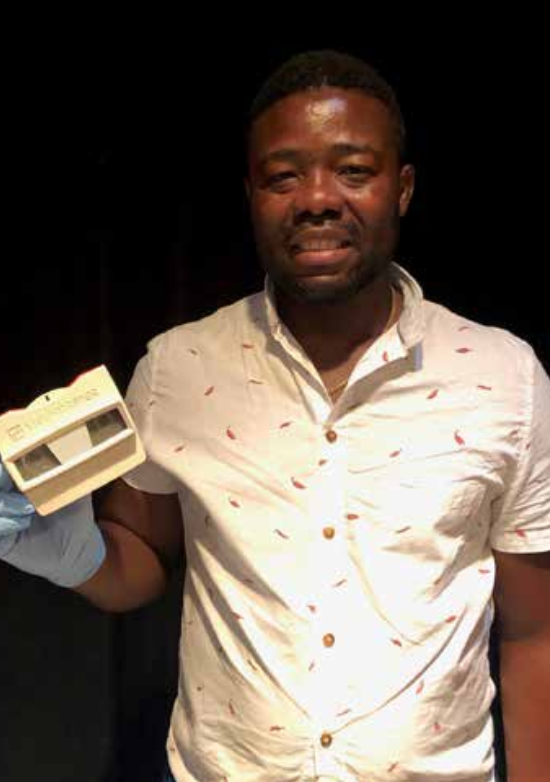
Dodji
“I remember playing with a View Master before, during my childhood when I was in Togo in West Africa. I looked at photos featuring animals and nature using a View Master. It was a present I got from a special occasion, like Christmas—because back then me and my friends were “little engineers” and we usually made our own toys and cars. Today, I am actually a real engineer in the IT field!”

Victoria
“I recognized the Dalecarlian (Dala) horse and the julebukk because we had these at home during Christmas time. During Christmas time, in our household, we will bring out the big and small Dala horses and julebukk to decorate— the big ones will be placed at the hearth and the small ones will be put on the Christmas tree. We also put up ornaments made of straw. The ones I have belong to my mother, and maybe she got hers from her family members. Although for generations we have been in the US, we do have some Scandinavian objects like the Dala horse and julebukk in our household.”
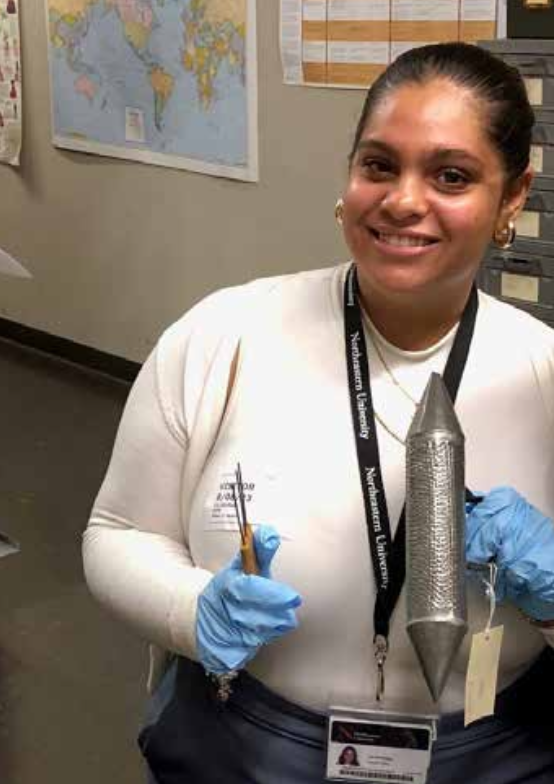
Lia
“I gasped when I saw the güira! It is a musical instrument in which people use a fork-like brush to make sounds, and it is common in a lot of Dominican households. It might sound interesting when I tried it, but people were able to make music with it! People would also use other sounds such as drums and maracas to make music and sing too.”
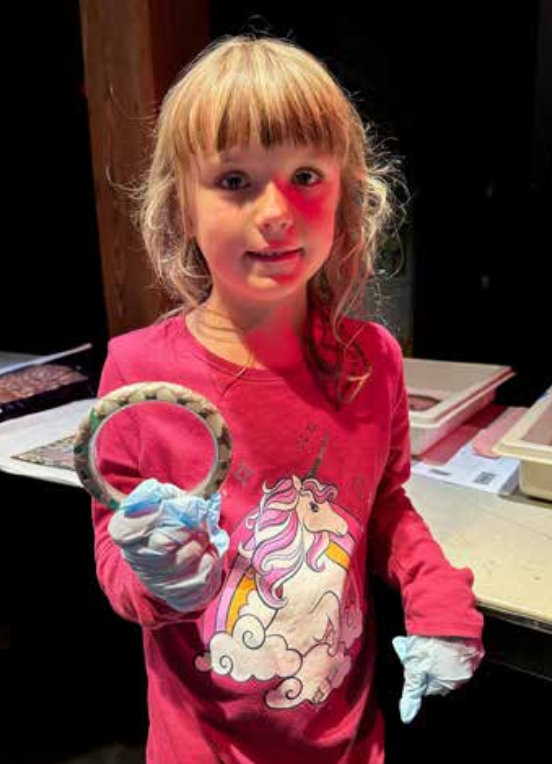
Charlie
“I like this bracelet because it has a cool design. The silver part is bumpy and the design reminds me of a swan. At home, I have one bracelet that has a similar width to this one—it is pink and sparkly. When I wore my pink bracelet, I had to stretch my hand so that it wouldn’t slip out from my hand. I prefer wearing stretchy bracelets so that they won’t fall out from my wrist!”
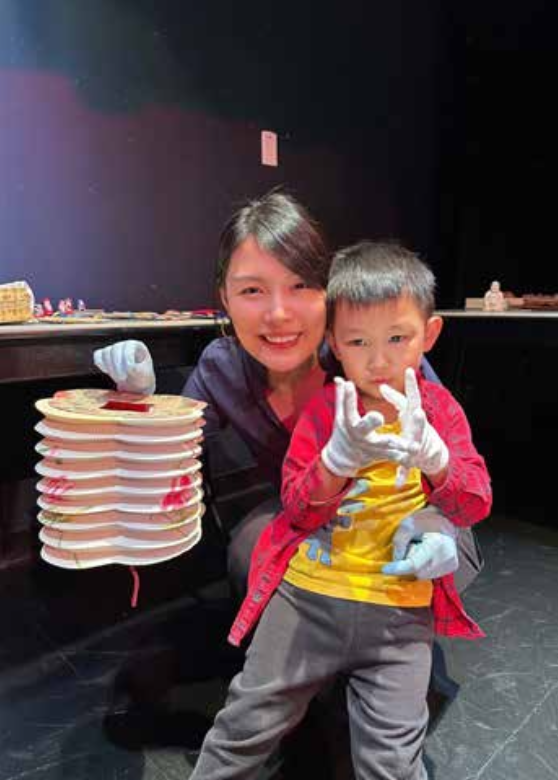
Vicky and Kyrie
“The lantern brought back memories of how
we celebrated the Mid-Autumn Festival back home in the Guangdong area in China. Back then we did quite a lot of things to celebrate the Festival. We did some religious offerings, had a big family meal, ate mooncakes, and also went to parks to look at the festive lights and play with lanterns. Now that we are in the US, we celebrate the Festival with fewer activities. We still eat mooncakes and have a big family meal though! There are some celebrations of the “August Moon” in our community, but it’s a bit different from the festive ones I remembered from my childhood back in China.”
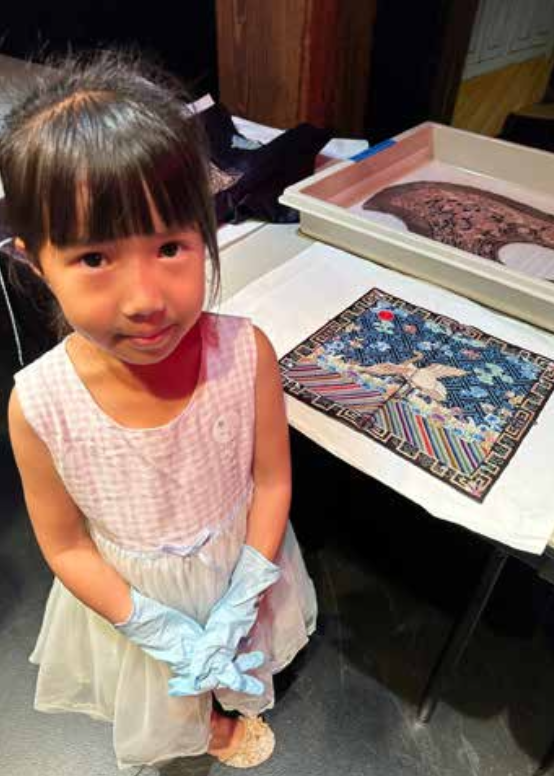
Cuirong and Tina
“This elaborate embroidery piece reminded us of the cross-stitch pieces done by Tina’s grandma. In our old home in Kaiping, China, there was a large decorative embroidery piece that was displayed in the house. I remember that the embroidery included intricate designs such as flowers, patterns, and also some auspicious phrases in Chinese such as 家和万事兴 (“If the family lives in harmony, all affairs will prosper”).”

Alyx
“I have seen these dolls from my grandma’s collection before! My grandma traveled all over the world and collected a variety of items. She had some fabric character dolls from Taiwan or China, just like these ones, and also elephant and boat puppets, too.”
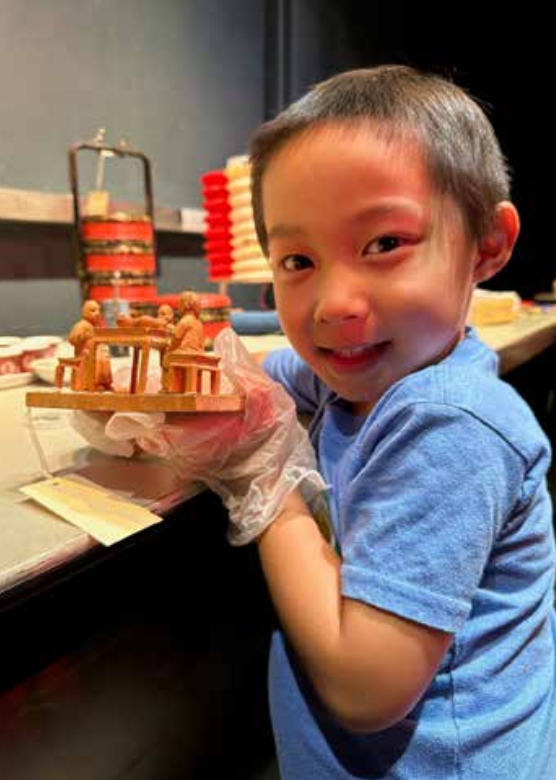
Jake
“This model is interesting because it shows how a family gathers at the table to eat. We do this regularly in our household, too— everyday our family sits together at the dining table and shares our meal.”

Yuyou
“This lantern reminded me of the time when I saw a Sky Lantern for the first time! It was at night, and there were fireworks. I saw a big, round Sky Lantern (in Chinese 孔明灯, Kongming lantern), floating in the dark night sky!”
This webpage has been made possible in part by the National Endowment for the Humanities. Any views, findings, conclusions, or recommendations expressed in this webpage, do not necessarily represent those of the National Endowment for the Humanities.